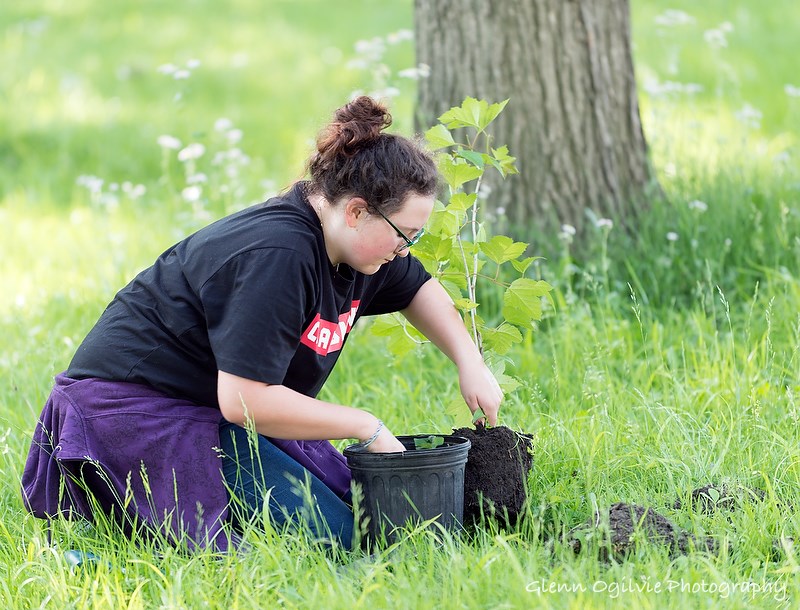A patch of native plants valued at more than $1 million has been discovered on public land in Sarnia, a remnant of a pre-urban landscape that’s survived decades of drainage and lawn mowing.
The treasure trove of native flora was found last month on school board property behind St. Clair Secondary School and adjacent Cardiff Park.
More than 30 species of wildflowers have been identified so far, including jack-in-the-pulpit, wild geranium, trout lilies, Solomon’s seal and as many as 50,000 rare Michigan lilies.
Dug up and sold the plants would retail for well over $1 million, said naturalist Shawn McKnight, who likened the find to the woodland in Canatara Park.
“I just couldn’t believe it. It is basically another Tarzanland just sitting there waiting to come back. There are millions of native plants there, but because they have been mowed for so long most of them are only a few inches high.”
Following the discovery, city hall quickly issued a temporary “no-mow” order within a staked out area. And the high school is taking stewardship of its property, with students planting native species and wild fruit trees to augment what’s already there.
The school initiative originated with Grade 12 student Dylan Henry, who is doing a co-op placement with Return the Landscape, McKnight’s restoration program.
“I think this is amazing,” said geography teacher Craig Griffiths, who was overseeing a Grade 9 planting team last week.
“This spot is a little treasure in the middle of Sarnia. It makes a lot more sense to naturalize the area than have the city coming in and cutting the grass and raking up the leaves.”
Uncut, the wildflowers are already rebounding beneath the canopy of oak and hickory trees. Their roots survived decades of mowing, weed-whacking and leaf collection done to encourage grass growth.
“Maybe they’ve learned to duck,” McKnight joked.
The city also pumps out low-lying Cardiff Park each spring, yet aquatic plants like pondweed and water plantain are appearing in the puddles, which this day were occupied by a pair of quacking ducks.
Parks and Recreation suspended grass cutting but is mindful of potential “pushback” from residents wary of mosquitoes and other issues, said director Ian Smith.
“We’re very supportive of environmental projects in our parks and I believe most people will support this once they see the value of it in protecting our native species,” he said.
“We want to support it, as much as we can, without negatively affecting the neighbours.”
McKnight said the next step would be to keep the leaves on the ground this autumn to impede the growth of grass.
“We came here and discovered an absolute gold mine,” he said. “If nothing is done, next spring we could see one amazing, massive woodland garden, free of charge, for the city’s residents.”
- George Mathewson
